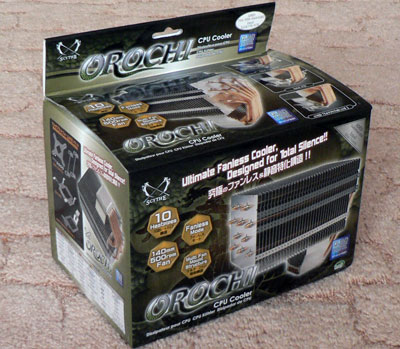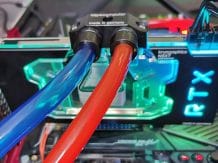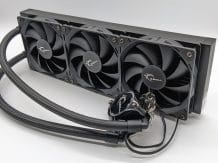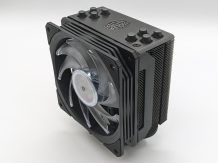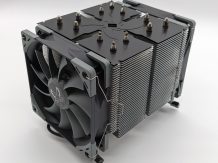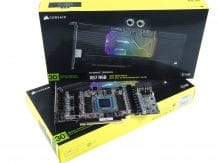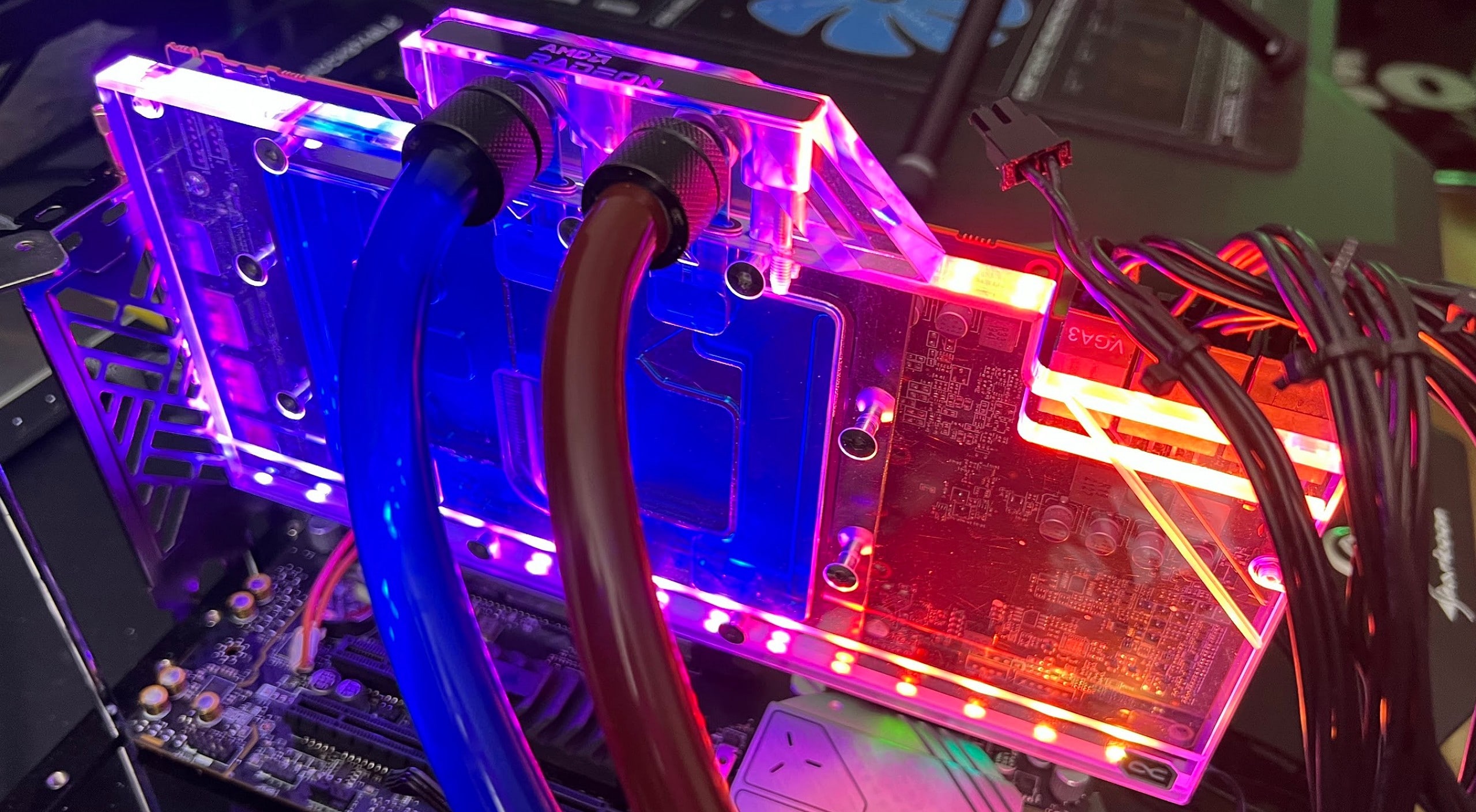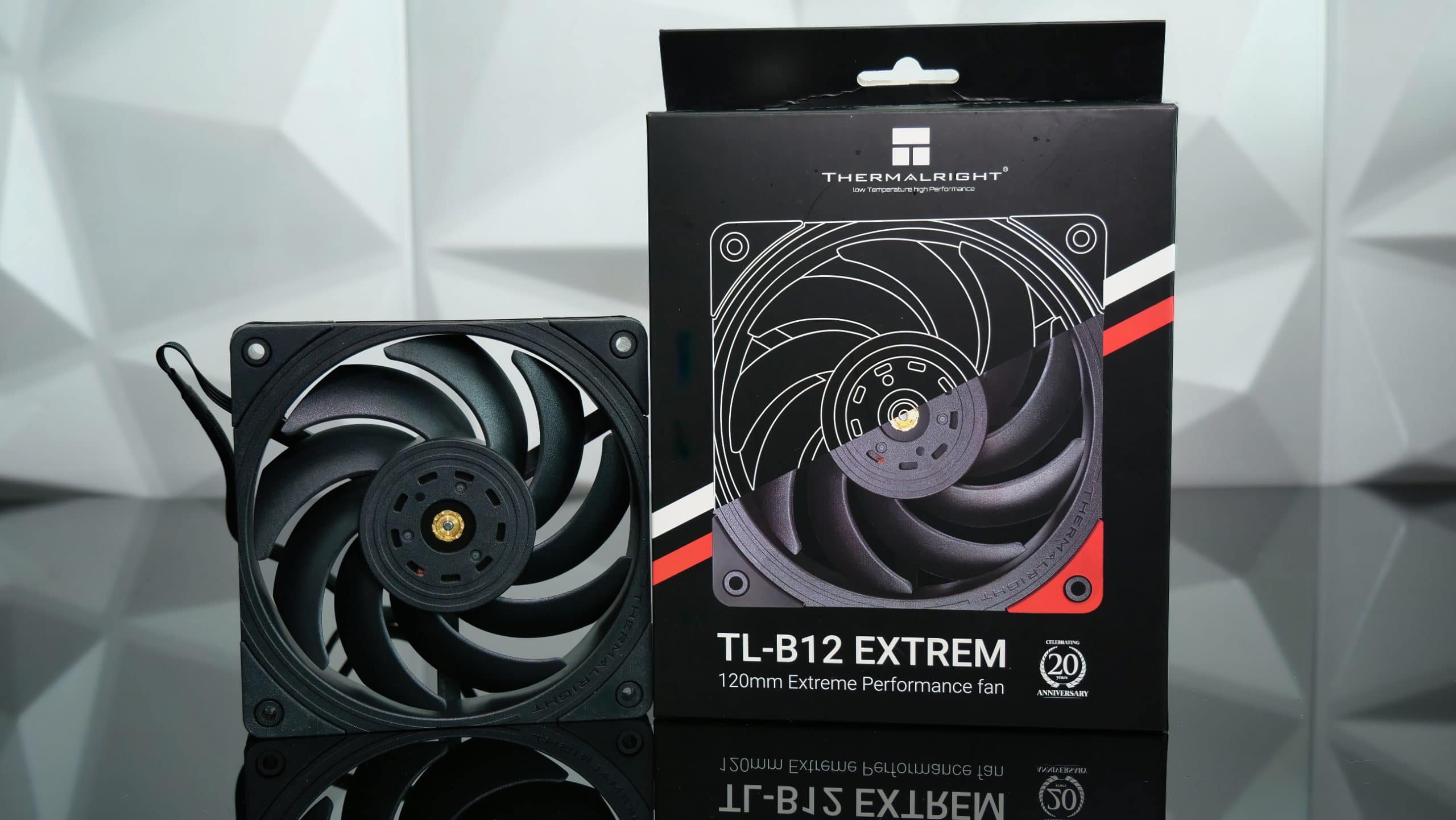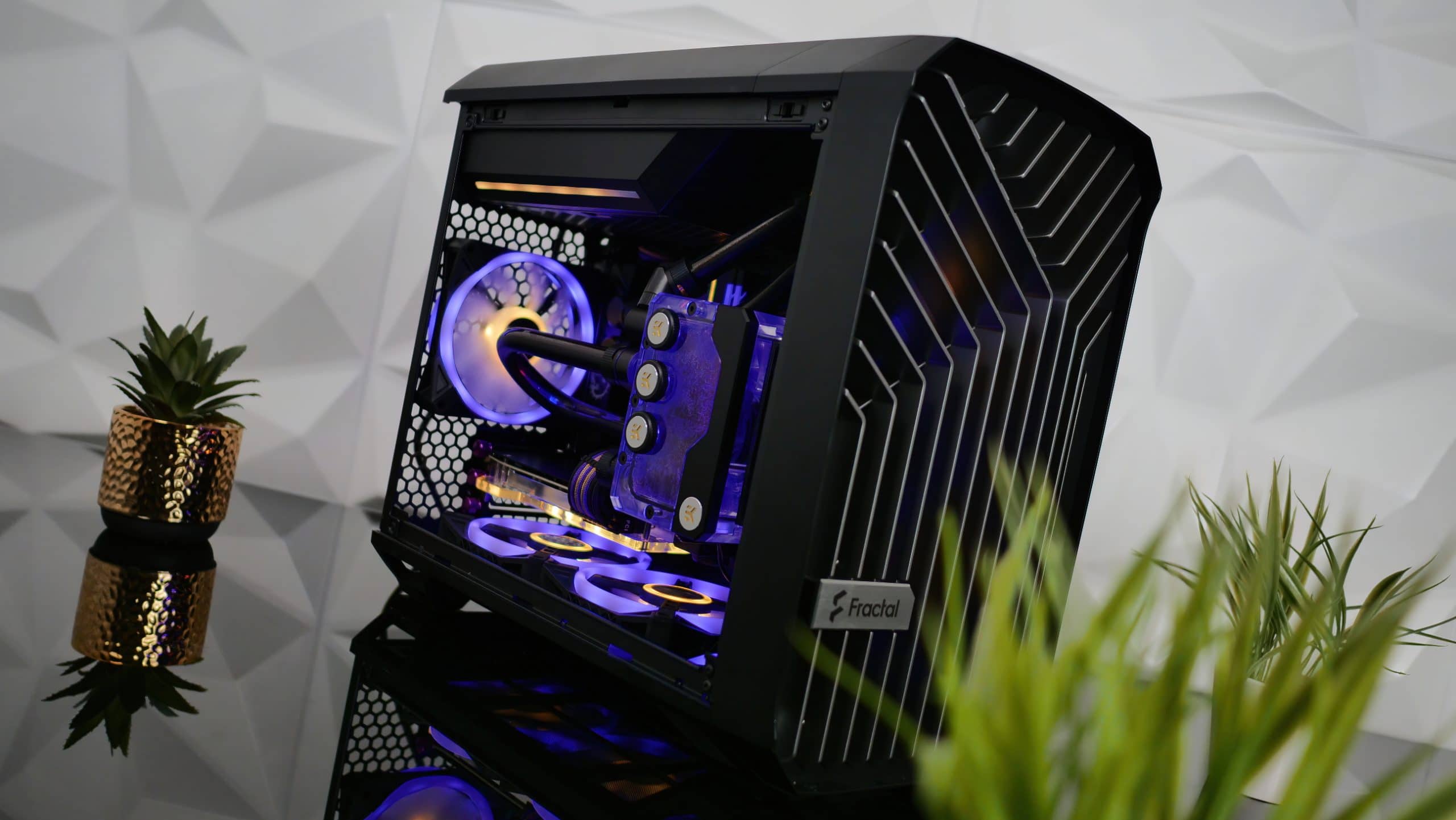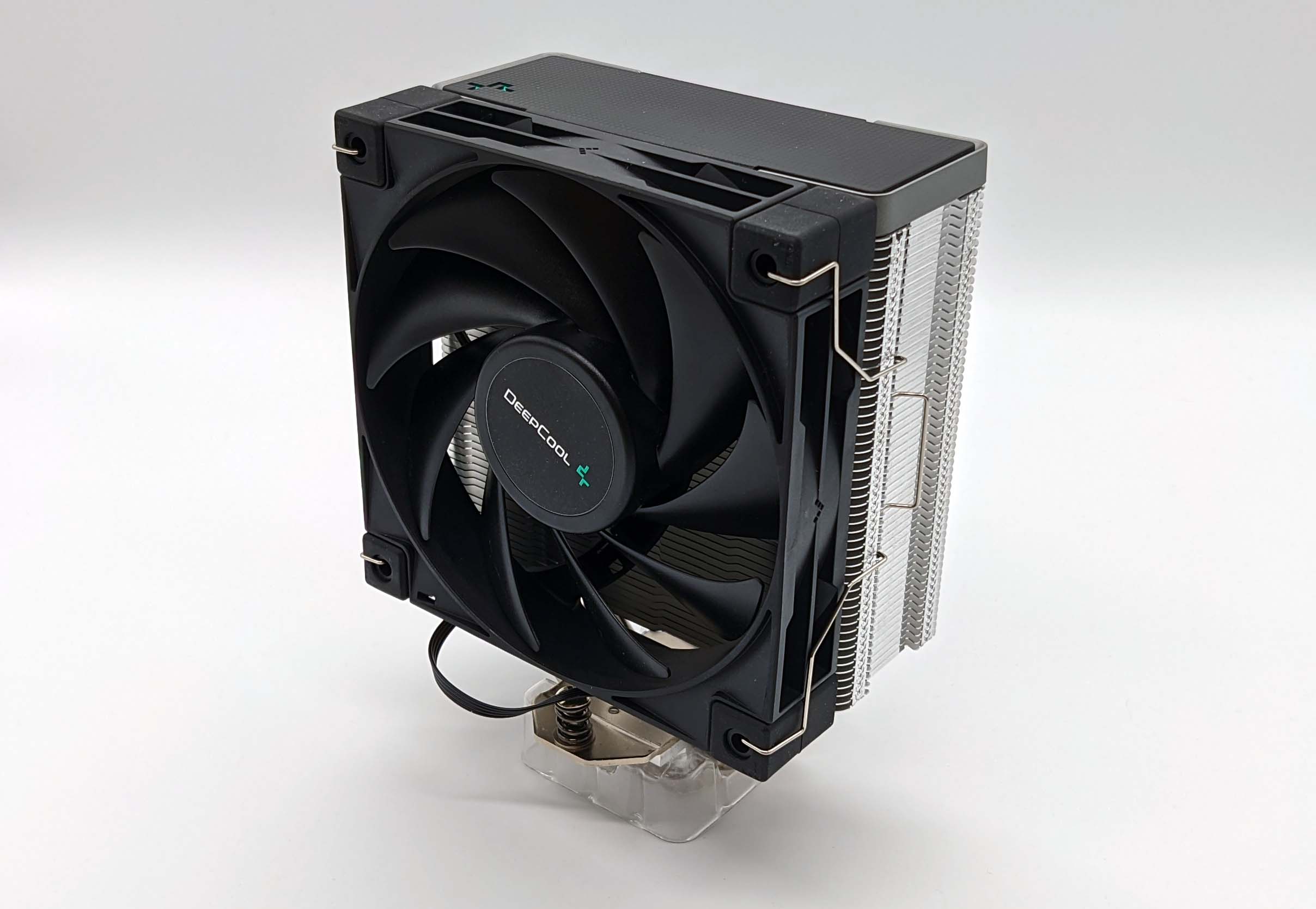testing of the giant passive cooler Scythe Orochi
–
“Orochi” in Japanese mythology means a snake-like creature with several heads (eight to be exact). If we draw parallels with Russian folk tales, then Orochi could be called the serpent Gorynych. True, at the same time, the epic creature flying and spewing fire is not at all combined with cooling and, moreover, with a cooler for cooling the central processor, such an original name was given by the marketers of the Japanese company Scythe. Well, okay, let’s leave the mythology alone and move on to studying the cooler.
packaging and equipment
The dimensions of the Scythe Orochi package match the dimensions of the cooler itself. A sufficiently large box, in which even a compact CBO would fit, is literally riddled with useful information:
Here are the key features of the cooler, a list of included accessories, technical characteristics, and a list of platforms supported by the cooler:


In general, absolutely everything that could be expressed and depicted on the box is stated and depicted on it. For the most complete picture of the cooling system, perhaps only the test results are not enough, but this is correct, since we will not believe them anyway 😉.
announcements and advertisements
-14000р на RTX 3060 ASUS Dual
RTX 3060 MSI Gaming – a drain for a penny
-15000р на RTX 3060 MSI Ventus
Prices for video cards went down steeply
-14000р на RTX 3060 Gigabyte Eagle
Another top vidyaha with a mega discount
RTX 3060 – prices have gone down
First-hand Z590 motherboards at very good prices
RTX 3060 12Gb in XPERT.RU – be in time 🙂
RTX 3070 at XPERT.RU at the lowest prices
Lots of RTX 3090 in XPERT.RU
The accessories included in the Scythe Orochi package are quite typical for the cooling systems of the Japanese company:

These include the following components:
- frame for attaching the cooler to motherboards with Socket 754/939/940 and Socket AM2;
- cooler mounting frame for motherboards with Socket 478 and LGA 775 connectors;
- two stands for attaching the cooler to motherboards with Socket 478 and LGA 775 connectors;
- backplate for motherboards with Socket 478 and LGA 775;
- set of screws and washers;
- two wire brackets for installing the fan on the radiator;
- 1 gram bag of SilMORE thermal paste;
- instructions for installing the cooler in four languages.
It is easy to see that the package includes everything you need to install the cooler and operate it. The only pity is that there are only two wire brackets for the fan, not four, which could save the overclocker from a couple of extra nanoseconds of thinking about the method of installing the second fan.
design features
The cooler is not just big, it is really BIG! Its dimensions are 120 x 194 x 155 mm and weighs 1285 grams including the fan. At the same time, its design can hardly be called original:

The large aluminum heatsink is pierced by ten 6mm diameter copper heatpipes extending from a nickel-plated copper base. The total number of radiator fins is 35, plus three separate, smaller fins at the top of the cooler radiator. The dimensions of the large plates are 120 x 100 mm, their thickness is about 0.5 mm, and the intercostal distance is 4 mm. Three small plates measuring 120 x 48 mm are installed in the upper section of the radiator from the side of the pipes inlet:

Thus, the calculated area of the main radiator Scythe Orochi is approximately 8702 cm2, which is currently a record among air cooling systems. For example, if you believe the technical characteristics of manufacturers, then the Zalman CNPS9700 LED has a radiator area of 5490 cm2, while the ZEROtherm NV120 Premium boasts 6748 cm2.
In the lower part of the cooling system, directly above the pipes, there is also a relatively large (82 x 44 x 48 mm) aluminum radiator. The ends of its fins do not touch the main radiator, so all aluminum fins hang only on the heat pipes. The latter, in the amount of ten pieces, are arranged in four rows in the radiator, alternating with three and two tubes in each row:

This design looks quite natural and is the desire to distribute the heat flow as evenly as possible over the fins of the radiator.

The tubes at the base of the cooler are flattened and arranged one above the other in two rows. The tubes coming out of the bottom row and removing the main heat load rush into the upper section of the radiator, while the tubes of the upper row of the base penetrate the lower part of the aluminum radiator.

One could again scold Scythe engineers for their unwillingness to place heat pipes in specially prepared grooves of the base, but in the case of Orochi, it was most likely impossible to come up with a different method of contact and distribution of 10 pipes at once in such a limited area. I will add here that, most likely, the contact of the heat pipes with the base was carried out by soldering, and not by hot melt glue.
A protective film is glued to the base of the cooler with a warning about its obligatory removal before installing the cooler:

Removing it reveals a polished, almost mirror-like surface of a nickel-plated copper plate:

The base of the cooler at the point of contact with the lid of the processor’s heat spreader is even, only the corners are slightly overwhelmed at its very edges, but this in no way affects the cooling efficiency.
A fan with a standard size of 140 x 140 x 25 mm is supplied with the radiator, which is based on a sleeve bearing (model SY1425SL12L):


The fan is equipped with an eleven-blade impeller that rotates at 500 (± 10%) rpm while delivering an airflow of 29.39 CFM at a noise level of 10.8 dBA. Simply put, the fan is not audible, that is, not audible at all. There is no engine crackling.
The fan is fixed to the radiator using two wire brackets included in the delivery set. The brackets hook onto the fan holes and then snap into the slots in the radiator fins:

It is useful that the slots in the ribs are made symmetrically on all four sides of the radiator, which, if desired and possible, will allow you to immediately install three 140 x 25 or 120 x 25 mm fans on the Scythe Orochi:

In principle, you can even try to hang the Scythe Orochi radiator immediately with six 92 x 25 mm fans. In general, there are many variations here.
Well, here’s what a new cooler looks like with a standard fan installed:

In the photo in the foreshortening from above, you can clearly see that the two edges of the cooler fan hang slightly from the sides of the radiator:

Thus, part of the air flow from the 140 mm fan will be lost without even touching the fins, but the 120 mm fits exactly the width of the radiator, so the air flow will go through both sides of the Orochi radiator. However, the new cooler is positioned primarily as a passive cooling system, so the sides of the radiator are not closed either, and the inter-rib spacing here is greater than in most active coolers.
installing a cooler on motherboards
Installation of Scythe Orochi on motherboards is detailed in four languages in the included package
instructions
(PDF, 4.23 MB). By and large, there is nothing to talk about here, since the whole procedure comes down to mounting the corresponding mounting plate on the base of the cooler:
Socket 754/939/940/AM2 | Socket 478 и LGA 775 |
|---|
After that, it remains only to apply the thermal interface to the processor heat spreader and, in the case of platforms with K8 processors, fasten the cooler mount to the standard plastic socket frame, and for Intel processors, hook the Orochi mount to the racks previously screwed to the backplate through the board:

That is, there should not be any problems with the orientation of the cooler on an Intel processor due to the fastening, since all four installation options are available. In the case of Socket 754/939/940 / AM2, the new cooler can also be installed in four positions, thanks to the square-shaped base and the possibility of arbitrary orientation of the mounting frame. It would seem that everything is fine, but I would like to draw your attention to the following fact (extract from the instructions):
“Important Notice:
Due to the large dimension of this CPU Cooler, this product may not fit into all PC cases. Please check the dimension of your PC case and surrounding components to make sure this CPU cooler can fit into your system.”.
As you may have guessed from the first photos of the cooler, the main problem is not only to correctly orient the cooler in space, but first of all to fit it inside the case of the system unit. The following photo shows this very clearly, where Scythe Orochi is installed on the ASUS P5K Deluxe motherboard inside the ASUS ASCOT 6AR2-B case:

It would seem that the cooler radiator has entered the case, but, alas, only without fan. If you hook the fan onto the radiator from above, then the side wall of the system unit case simply does not close (the fan on the side wall was taken out):

Still, I found a way out in this situation by hooking a 140-mm fan on the side of the radiator from the side of the motherboard chipset. Thus, the Scythe Orochi heatsink was cooled by two fans: a 140-mm standard fan on the side and a 120-mm fan on the side of the case on the side of the side cover (or on top of the cooler’s radiator). Looking ahead, I would like to note that in such conditions the processor temperature inside the case of the system unit was 7 degrees Celsius lower than in passive mode, but on an open bench. Let me add here that the distance from the surface of the cooler base to the lower edge of the aluminum fins of the radiator is 55 mm, so Scythe Orochi does not interfere with the elements of the near-socket space and even high radiators on RAM modules.
As for the correct orientation of Scythe Orochi in space, the instructions indicate the following:

That is, for the most efficient operation of a giant cooler, it must be installed with the ends of the heat pipes facing up. However, in most standard ATX cases, such an orientation is simply impossible, since when the Scythe Orochi is installed with the ends of the heat pipes up, its upper edge extends ~ 70 mm beyond the upper edge of the motherboard. In this case, even if you have a case with the location of the power supply in the lower part, the Orochi tubes, when installed, will rest against the top case cover or the fans installed on it. Thus, most likely, owners of Scythe Orochi will have access to only one option for orienting the cooler inside the case of the system unit – with heat pipes in the horizontal plane.





